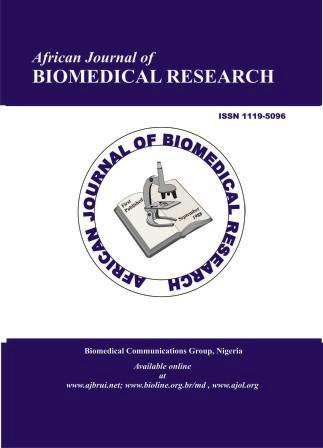Beyond Human Capabilities: AI's Role in Oral Medicine and Radiology
DOI:
https://doi.org/10.53555/AJBR.v28i1.6522Abstract
Artificial Intelligence (AI) is an advanced field of computer science that emulates the functioning of the human brain. The term "AI" was first introduced by John McCarthy in 1956. According to Barr and Feigenbaum, AI is a branch of computer science focused on developing computer systems that demonstrate human-like intelligence through abilities such as language comprehension, learning, reasoning, and problem-solving.1 AI encompasses subfields like machine learning, deep learning, fuzzy logic, cognitive computing, robotics, natural language processing, and expert systems. AI is rapidly transforming dentistry, playing a key role in disease tracking, diagnosis, decision support, treatment outcome prediction, and efficiency improvement, ultimately making patient care more affordable. In oral radiology, AI enhances radiographic diagnostics by enabling early detection of carious lesions and aiding in the identification and classification of dental implants from radiographic images, thereby improving diagnostic accuracy and prognosis.3
Downloads
Published
Issue
Section
License
Copyright (c) 2024 Sreedevi J, Saravanan R, Raj Vikram N, Naveen Kumar Jayakumar (Author)

This work is licensed under a Creative Commons Attribution 4.0 International License.









